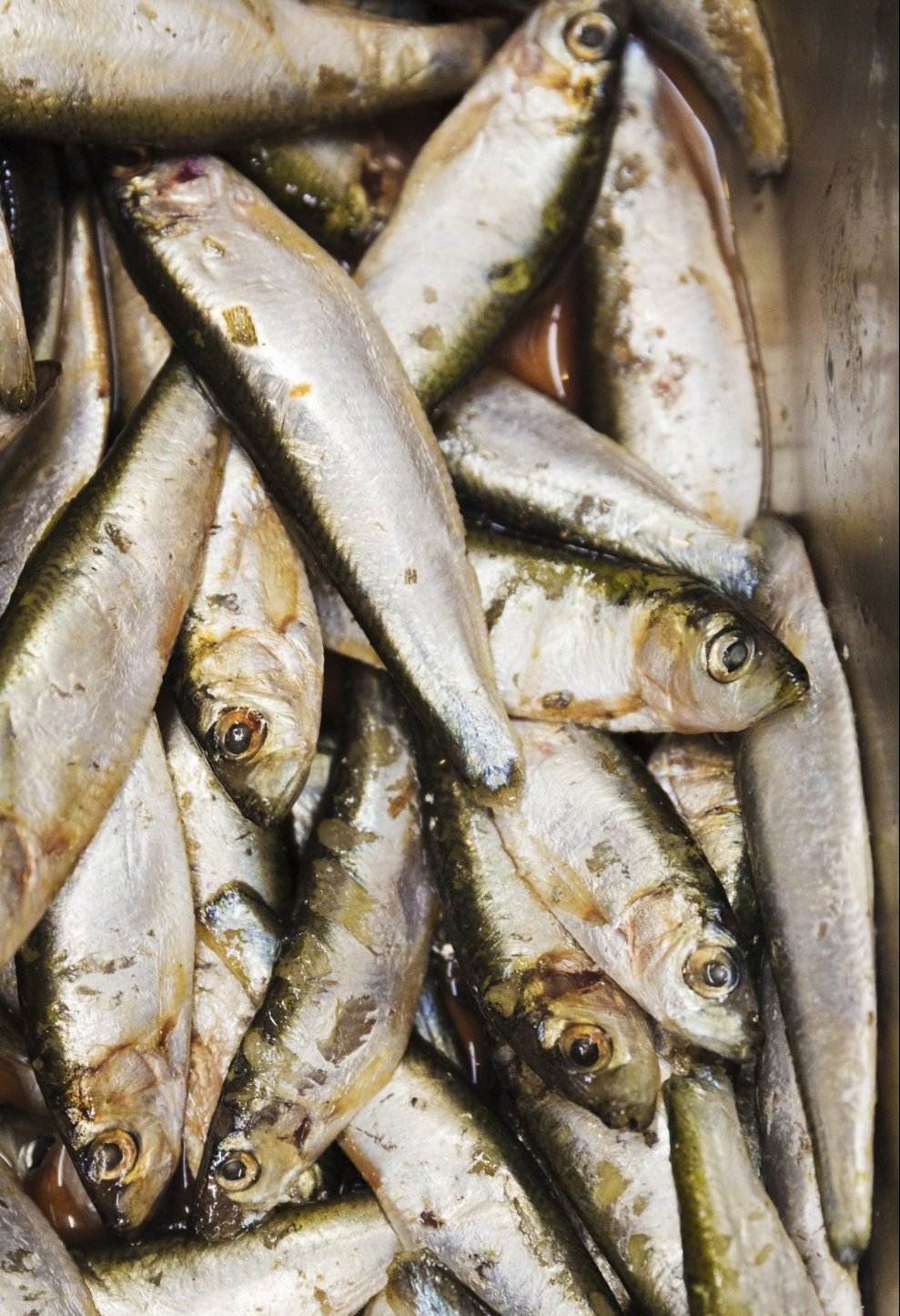Alongside ecological effects, Ecosystem Based Fisheries Management (EBFM) considers the social benefits of fisheries, and this can include the health impacts of seafood diets and specific fish species. We know, after all, that consuming fish is good for our health. But which kinds of fish should we eat, or eat most often? Going beyond the advice typically aimed at seafood consumers, this report from our Social and Economic Effects of and on Fishing work theme provides personalised guidelines for seafood consumption.

To develop personalised seafood recommendations for consumers, the researchers gathered data on the nutritional needs of European populations – including considerations relating to age, sex, geographic location, and whether individuals are pregnant or not – and the nutritional composition of different commercial fish species, as well as the presence of contaminants in those species.
A scoring system was then created which allowed for comparisons between the level of nutrients in each species, with a focus on those that are not easily accessible from other foods: iodine, selenium, vitamin D, and vitamin B12. Based on this, different species were ranked as: “good for you”, “very good for you” and “best for you”. The ranking also considered the long-chain omega-3 fatty acids EPA and DHA, which are important nutrients that can be found only in fish products.
This system was then combined with the development of a hazard index to evaluate the health risk associated with eating each species based on the level of contaminants in them. Species found to be “highly contaminated” were downgraded accordingly. However, in some cases, risk-benefit analysis indicated they were still healthy to eat given the nutrients they provided, especially if consumers varied the species of fish in their diets – one of the general recommendations on seafood intake which supports the personalised system developed by the SEAwise researchers.
So how did different species compare? Here’s a flavour of the resulting recommendations across the SEAwise Case Study regions:
The research didn’t look at just species from the Case Studies, however; the rankings combined these with fish species consumed elsewhere in Europe, ensuring that everyone – including people living in inland countries which must import seafood – will be able to benefit from the recommendations.
This research will be publicised and made easily accessible to consumers. As for the report containing the full set of recommendations and the methodology on which these are based, you can read this here.
Read the full report here.
Stay up to date with SEAwise news and research, hear about upcoming events, and receive updates on fisheries news from across the European seascape.